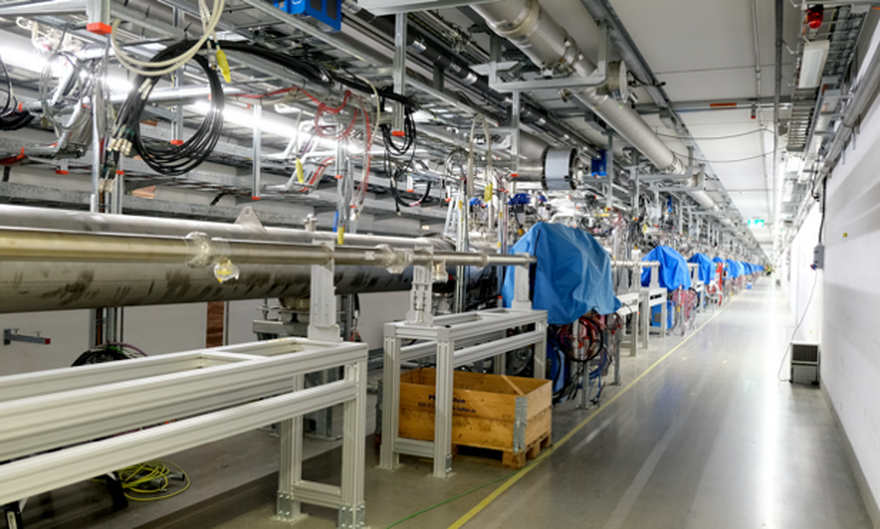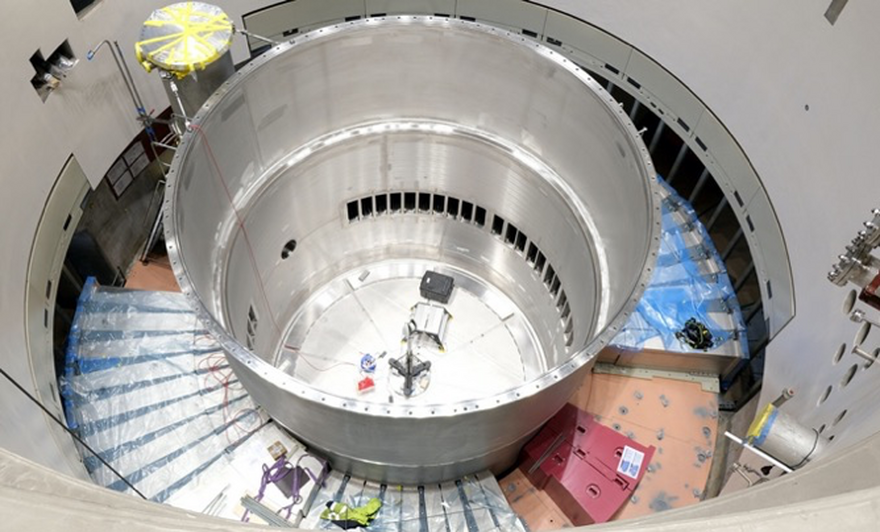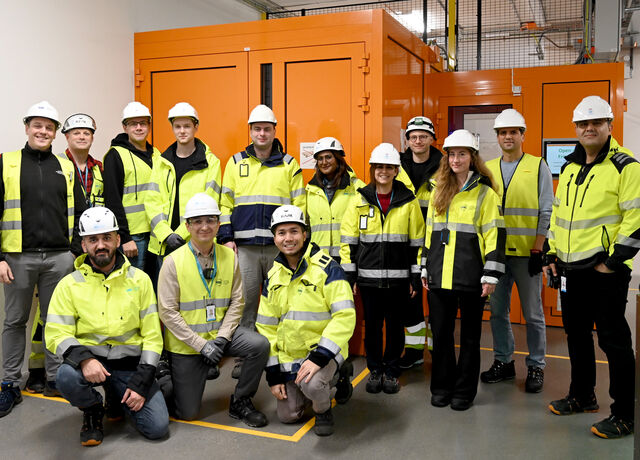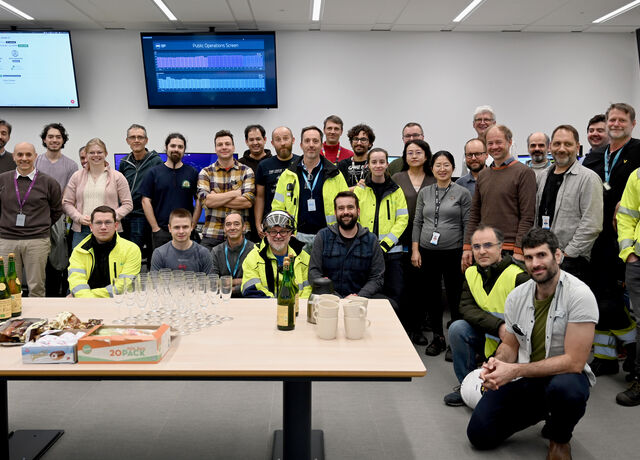Vacuum

The accelerator vacuum system design will be conventional; where turbo molecular pumps are planned for pump down all sections, and depending of the location, permanent turbo pumps will be used as on the ion source, low energy beam transport, the radio frequency quadrupole, on the last end of the LINAC, and Target monolith vessel. Other sections will be populated with combo style pumps sputter ion pumps/NEG for pumping.

As with all accelerators incorporating superconducting technology, one of the critical features of the vacuum design will be the minimisation of gas and particles flow into the SRF cavities. During the assembly process, vacuum connections will need to be made under clean room conditions (ISO 5/6) to minimise the potential for particulates being transported into the chambers and consequently on the cavities, what would reduce cavity performance due to field emissions.
The installation of the vacuum systems for the neutron instruments and neutron guides has already begun and and several instruments are already in place for detector integration.

One of the biggest vacuum challenges is the target monolith vessel and the vicinity of the proton beam window interface(physical barrier between accelerator to Target), where alignment, vacuum connections, and water cooling required specific solution for a reliable operation, which will be carried out remotely due to the anticipated residual radiation levels.




























